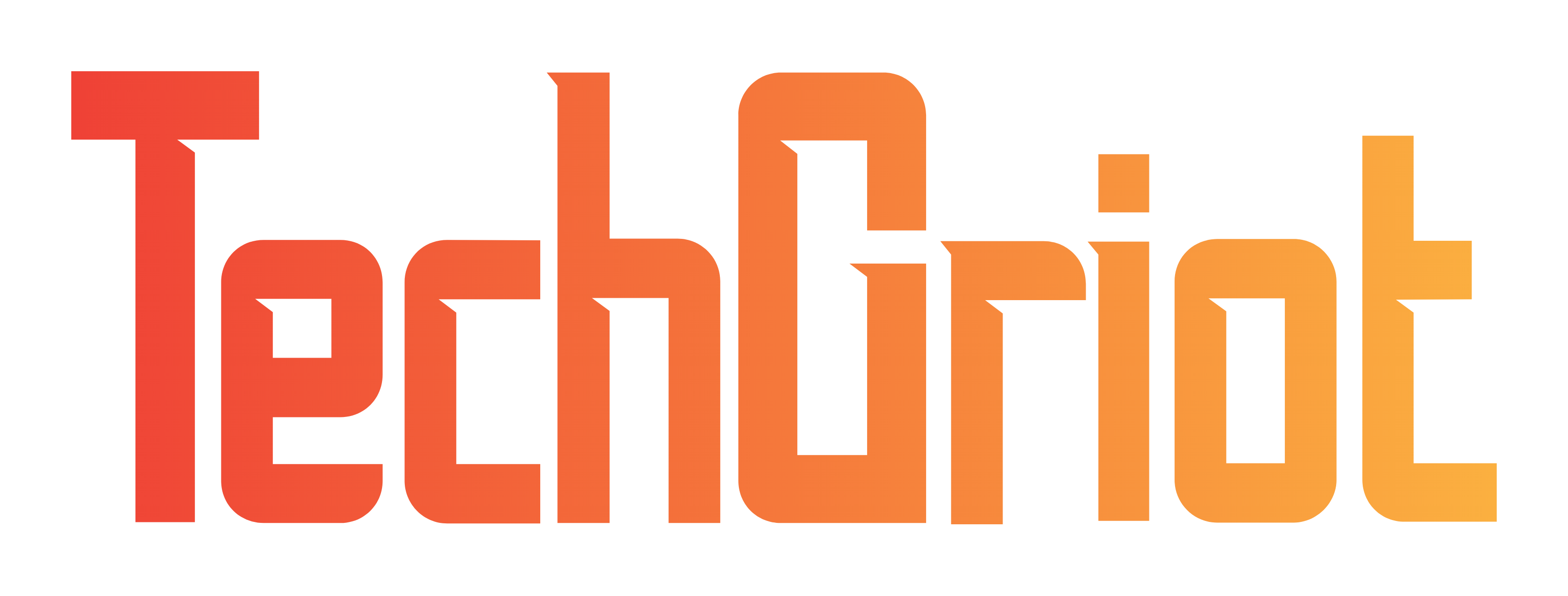
NEO: the $20,000 humanoid robot that still needs a human to do your chores 🤖🧹
Cliquez ici pour lire en français
1X Technologies has opened preorders for NEO, a humanoid robot that promises to take care of your household chores — for $20,000, or $499/month. On paper, it’s the ultimate domestic assistant: a 1.68-meter robot that unloads the dishwasher, waters your plants, and obeys voice commands. In reality? Things aren’t quite as seamless as the promo videos suggest.
The promise: a household assistant from the future 🚀
Standing 1.68 meters tall and weighing 30 kilograms, NEO can carry up to 25 kilograms. It’s equipped with dual 8MP cameras, four 360° microphones, and three speakers. Its Tendon Drive system, inspired by human musculature, enables smooth and lifelike motion. The robot’s 22-degree-of-freedom hands can handle surprisingly precise movements.
With its soft 3D-printed polymer body and minimalist white turtleneck look, NEO avoids the uncanny valley effect. It runs for about four hours before returning autonomously to its dock. In 1X Technologies’ promotional clips, you can see it open doors, tidy up, load a dishwasher, and water plants — all with impressive grace.
Backed by OpenAI and NVIDIA, 1X raised $100 million in 2024 and says owning a NEO will be “as natural as owning a smartphone” by 2027.
The reality: when the demo meets the real world 🐌
But according to a Wall Street Journal test, all those slick demos were actually teleoperated by a human wearing a VR headset. The result? Five minutes to load or unload three items from a dishwasher. One minute just to grab a water bottle. A New York Times journalist observed that the robot “almost toppled over closing the dishwasher, took two minutes to fold a T-shirt, and twisted its arm trying to dance the Macarena.”
In short, NEO isn’t autonomous yet. Its AI still relies heavily on remote operators. 1X claims most tasks will be autonomous by the time of delivery — but admits that human supervision will still be needed “for several months.” Translation: for $20,000, you’re basically paying to be a beta tester.
The real cost: your privacy 👁️
Here’s the bigger concern: privacy. When NEO encounters a task it can’t perform, it switches to “expert mode.” That means a 1X employee remotely takes control through VR — and sees whatever the robot sees inside your home.
Sure, the company says there are safeguards: scheduled sessions, restricted zones, visual indicators, and face blurring. But the CEO’s defense doesn’t exactly inspire confidence.
“If we don’t have your data, we can’t make the product better”
This isn’t about cookies or browsing history. It’s someone virtually walking around your living room, seeing your family, your habits, your space. And with any connected device full of cameras and mics, the potential for hacking or misuse is real.
Who is this robot really for ? 🎯
1X plans to ship “a few thousand units” by late 2025, then scale to “tens of thousands” in 2026 — hardly mass-market numbers. The ideal customer? A tech enthusiast willing to drop the price of a new car to be part of the home robotics revolution — and comfortable trading a slice of privacy for the experience. In other words: early adopters who don’t mind being observed while their robot learns how to fold a shirt.
For some, that’s the dream of the future. For others, it’s paying $20,000 to install a live surveillance system in your home.
The bigger picture: a pattern we’ve seen before 📱
NEO fits neatly into a growing trend: overhyped AI products that hit the market half-baked. Think of the Humane AI Pin ($700, barely functional) or the Rabbit R1 (essentially an Android app in an orange shell).
To 1X’s credit, the company is relatively transparent about NEO’s current limitations. The problem is that honesty gets lost amid the cinematic marketing and demo footage.
The long game 🎲
Despite the shortcomings, NEO remains the first humanoid robot you can actually buy. Tesla Optimus is still a prototype, and Figure AI hasn’t opened preorders yet. 1X’s strategy seems clear: release early, collect real-world data, and iterate fast. After all, machine learning needs massive data — from real homes, with unpredictable human behavior.
The question is: how many people are willing to pay for that privilege? And can 1X deliver meaningful progress before users lose patience (and money)?
The verdict: breakthrough or premature hype ? ⚖️
The truth lies somewhere between PR hype and harsh skepticism. On one hand, NEO is a remarkable piece of engineering — a robot that can move through your home, manipulate real objects, and embody a clear vision for human-robot interaction.
On the other hand, it’s a work-in-progress sold at a finished-product price — and it comes with major privacy trade-offs.
Will it be worth it in two or three years? Maybe.
If 1X’s AI improves quickly, early buyers could end up owning a piece of history. If not, they’ll have spent $20,000 on a glorified, occasionally clumsy smart appliance. For now, NEO is less of a household helper and more of a bet on the future of robotics — one that still needs a human behind the curtain.
Until version 2.0 or 3.0 arrives, your trusty robot vacuum will probably do just fine. True innovation isn’t a flashy prototype that half-works — it’s technology that genuinely improves people’s lives. And on that front, NEO still has a long way to go.
Would you pay $20,000 for a robot that still needs a human operator? Would you trade privacy for convenience in the name of progress? Or would you rather wait until home robots truly work — and think — on their own?
📱 Get our latest updates every day on WhatsApp, directly in the “Updates” tab by subscribing to our channel here ➡️ TechGriot WhatsApp Channel Link 😉










